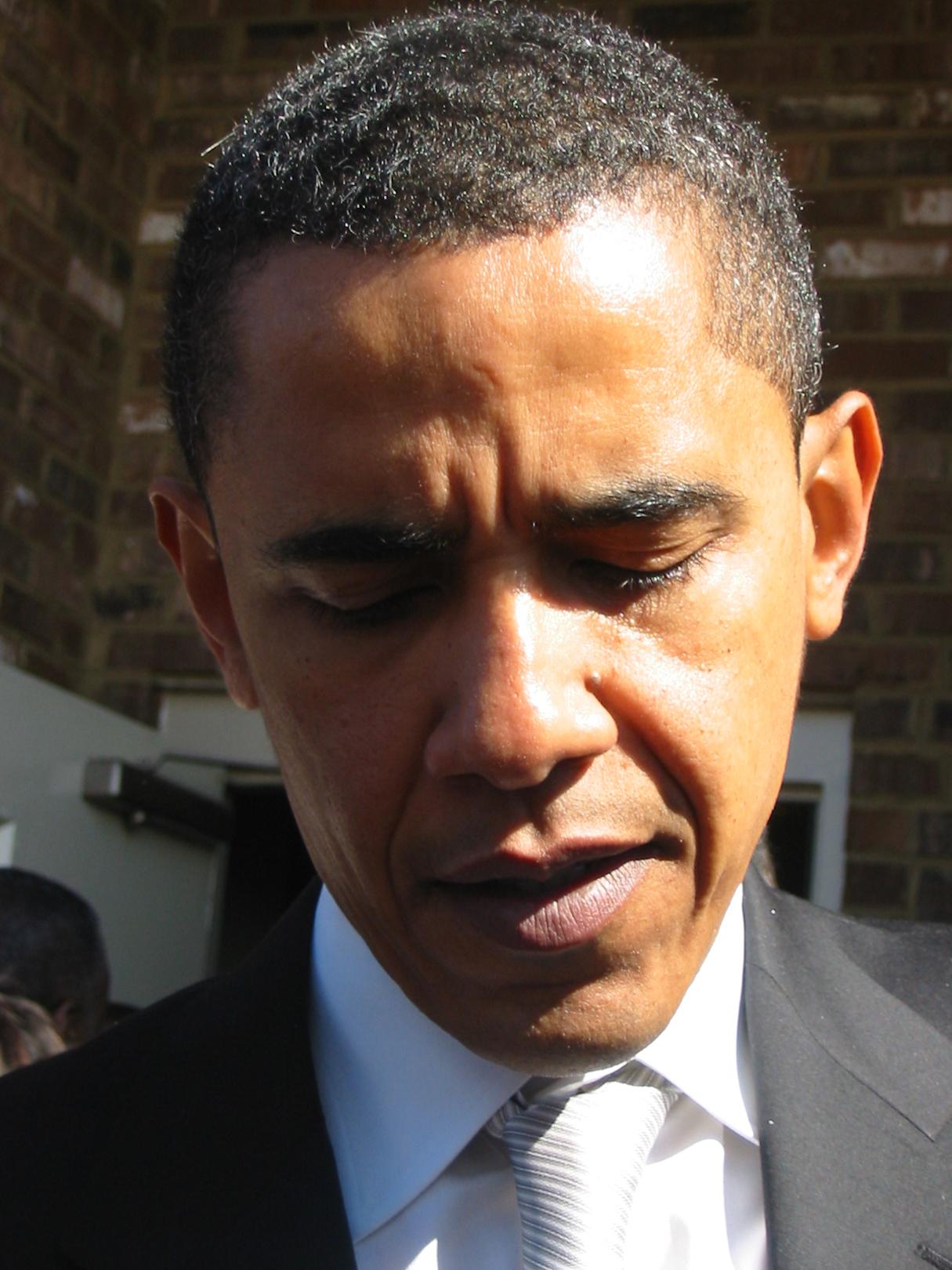In an age where the cacophony of notifications, deadlines, and digital distractions seems to swell with each passing day, a singular mantra has emerged from the chaos: mindfulness. Touted as the panacea for modern woes, mindfulness promises tranquility amidst turmoil, focus amid frenzy, and clarity amid confusion. Yet, as this ancient practice finds its place in corporate boardrooms, school curriculums, and smartphone apps, one must pause to ponder: have we become too enchanted by its allure? This article delves into the rise of mindfulness in the modern era, exploring whether our collective fixation has transformed a practice of presence into yet another fleeting trend.
The Allure of Mindfulness: A Cultural Phenomenon
In recent years, mindfulness has evolved from a niche spiritual practice into a mainstream cultural phenomenon, permeating various facets of daily life. Its allure lies in the promise of tranquility amidst chaos, offering an antidote to the relentless pace of modern living. This ancient practice, once confined to meditation mats and Buddhist monasteries, now finds its place in corporate boardrooms, school classrooms, and even smartphone apps. As society grapples with the complexities of the digital age, the quest for inner peace has made mindfulness a cultural touchstone.
However, the question arises: have we become too enamored with the idea of mindfulness? While its benefits are celebrated, there are concerns about its commercialization and superficial adoption. Consider the following perspectives:
- Mindfulness products are marketed as quick fixes rather than deep, reflective practices.
- The essence of mindfulness may be diluted as it is adapted to fit consumer needs.
- There is a risk of neglecting other important aspects of mental health in favor of trendy mindfulness techniques.
Amidst these concerns, it’s crucial to discern whether our fascination with mindfulness serves genuine personal growth or simply feeds into the cycle of consumerism.

Unpacking the Benefits and Pitfalls of Mindful Living
In a world that often feels like it’s spinning faster than we can keep up, the practice of mindful living offers a pause—a chance to breathe, to be present, and to engage with life more fully. Mindfulness, at its core, invites us to experience each moment with clarity and without judgment. It promises a host of benefits, from reduced stress and improved focus to enhanced emotional resilience and a deeper sense of connection with oneself and others. Many have found solace in the practice, reporting a heightened sense of peace and well-being.
- Stress Reduction: Mindfulness techniques can lower cortisol levels and foster a calmer mind.
- Enhanced Focus: Regular practice can improve attention span and mental clarity.
- Emotional Resilience: It helps in managing emotions more effectively and with greater awareness.
However, as mindfulness becomes increasingly mainstream, some caution against its commercialization and the pressure to achieve a ‘perfect’ state of mind. Critics argue that it may sometimes be oversimplified or used as a quick fix, rather than a genuine path to self-discovery and growth. Potential pitfalls include the risk of bypassing deeper emotional issues, the commodification of mindfulness practices, and the unrealistic expectation that it can be a panacea for all modern woes. As with any trend, the key lies in balance and ensuring that the practice remains authentic and meaningful.
- Superficial Practice: Risk of treating mindfulness as a fad rather than a deep, personal journey.
- Commodification: Mindfulness products and courses can commercialize what should be a personal practice.
- Unrealistic Expectations: Belief that mindfulness alone can solve complex life problems.

Finding Balance: When Mindfulness Becomes Counterproductive
In our quest for inner peace and clarity, mindfulness practices have become ubiquitous, with apps, workshops, and retreats popping up at every corner. However, the pursuit of constant mindfulness can sometimes lead to unintended consequences. Instead of fostering tranquility, an overemphasis on mindfulness might cultivate anxiety, as individuals strive to maintain perpetual awareness and perfection in their practice. This paradox can manifest as an obsession, where the act of being mindful overshadows the very essence of mindfulness itself.
Here are some signs that mindfulness might be veering off course:
- Feeling guilty or anxious when not practicing mindfulness.
- Judging oneself harshly for not achieving a “perfect” state of awareness.
- Experiencing stress over the idea of having to incorporate mindfulness into every moment.
- Neglecting other important aspects of life in pursuit of mindfulness.
Striking a balance is crucial. Mindfulness should serve as a tool to enhance our lives, not a rigid rulebook dictating every action. Embracing the ebb and flow of life, with moments of mindfulness interwoven with natural distractions, allows for a more harmonious existence.

Practical Tips for a Balanced Approach to Mindfulness
While mindfulness offers profound benefits, a balanced approach ensures it enriches rather than overwhelms our lives. Here are some practical tips to maintain equilibrium:
- Set Boundaries: Dedicate specific times for mindfulness practices. Overindulgence can lead to neglecting other vital aspects of life.
- Integrate, Don’t Isolate: Use mindfulness as a tool to enhance everyday activities rather than a separate ritual. Mindful eating or walking can seamlessly blend awareness into your routine.
- Quality Over Quantity: A few minutes of focused mindfulness can be more beneficial than hours of distracted practice. Aim for depth rather than duration.
- Embrace Flexibility: Allow your mindfulness practice to adapt to your current needs and circumstances. Some days may call for meditation, while others might benefit from a mindful workout.
By incorporating these strategies, mindfulness can remain a valuable and sustainable part of modern living without becoming an all-consuming obsession.
The Conclusion
As we close the chapter on this exploration of mindfulness in our modern era, we find ourselves at a crossroads, where the pursuit of presence meets the demands of progress. Mindfulness, once a gentle whisper urging us to pause, now resonates like a powerful anthem in our bustling lives. Yet, as with any melody, there is a delicate balance between harmony and cacophony. Are we tuning into the essence of mindfulness, or merely echoing its refrain? The answer may lie not in the practice itself, but in our intentions and interpretations. As we navigate this complex landscape, let us remain curious and open, mindful not only of our breath but of the broader symphony of existence. Perhaps, mindfulness is not a destination but a dialogue—one that invites us to engage with both the world around us and the world within.
